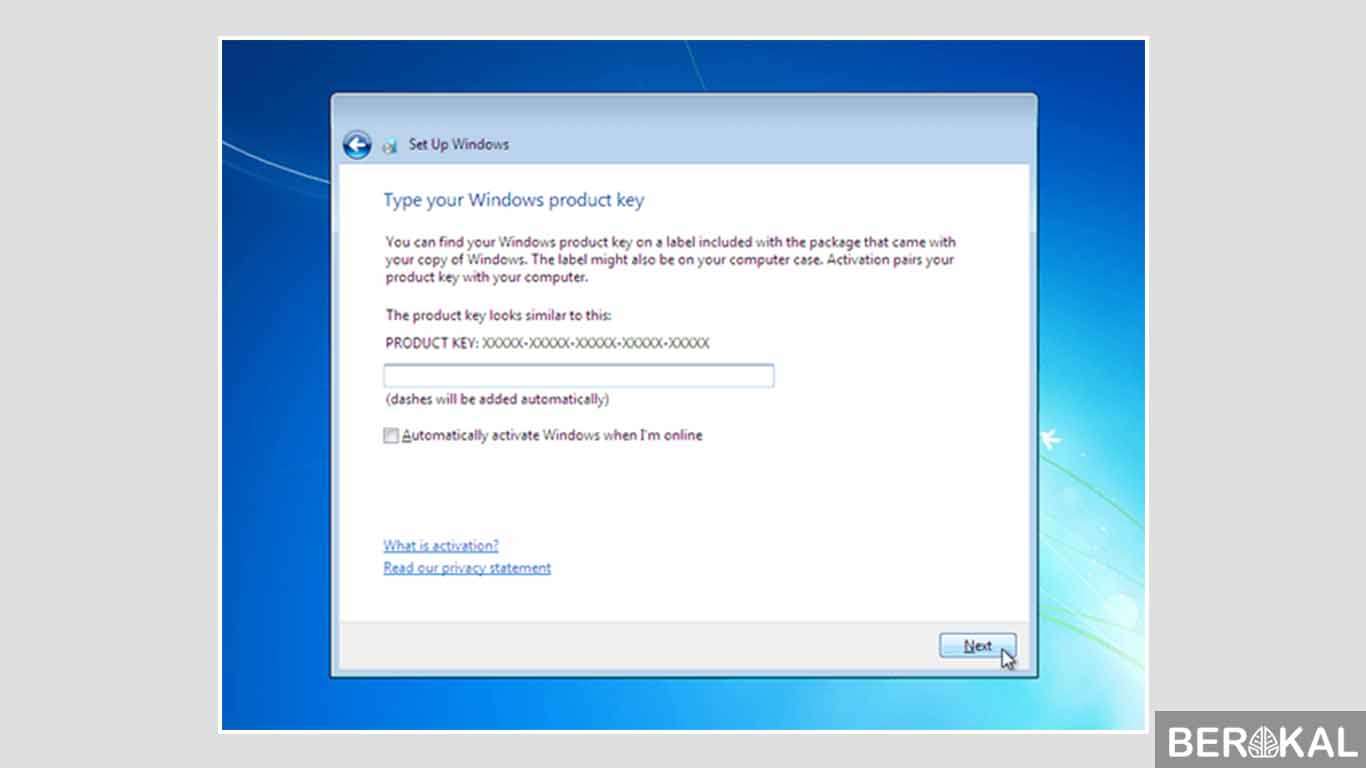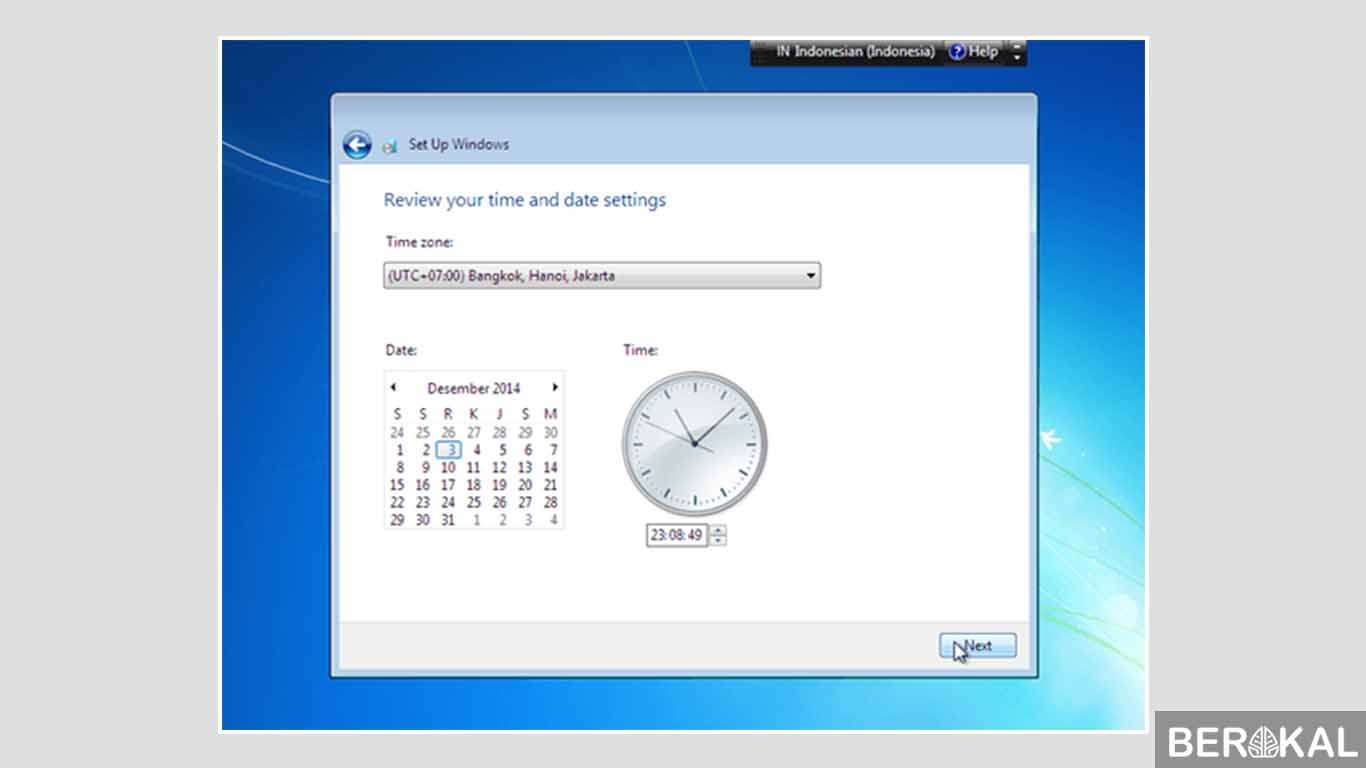Are you planning to re-install your Windows 7 software but don’t know where to start? Don’t worry, we’re here to provide you with a step-by-step guide on how to do it effortlessly and efficiently. Follow the instructions below and you’ll have your Windows 7 software re-installed in no time.
Step 1: Create a Bootable USB Drive
The first step to re-install Windows 7 is to create a bootable USB drive. To do this, you’ll need a USB flash drive with at least 4GB of space and a copy of the Windows 7 installation ISO file. You can download the ISO file from Microsoft’s official website.
- Insert the USB flash drive into your computer’s USB port.
- Launch the Command Prompt as an administrator. You can do this by pressing the Windows key + X and selecting “Command Prompt (Admin)” from the menu.
- Type “diskpart” into the Command Prompt and press Enter. This will launch the DiskPart utility.
- Type “list disk” into the DiskPart utility and press Enter. This will show you a list of all the disks attached to your computer.
- Identify the number next to your USB flash drive and type “select disk X” (replace X with the number next to your USB flash drive) and press Enter.
- Type “clean” and press Enter. This will erase all the data on your USB flash drive.
- Type “create partition primary” and press Enter. This will create a primary partition on your USB flash drive.
- Type “format fs=ntfs quick” and press Enter. This will format your USB flash drive with the NTFS file system.
- Type “active” and press Enter. This will mark the partition on your USB flash drive as active.
- Type “exit” and press Enter. This will exit the DiskPart utility.
- Type “exit” again and press Enter. This will close the Command Prompt.
Step 2: Copy the Windows 7 Installation Files to the USB Drive
Once you’ve created a bootable USB drive, the next step is to copy the Windows 7 installation files to the USB drive. Follow the instructions below to do this.
- Insert the Windows 7 installation DVD into your computer’s DVD drive.
- Open the Command Prompt as an administrator.
- Type “xcopy D:\*.* /s/e/f X:\\” (replace D: with the drive letter of your DVD drive and X with the drive letter of your USB flash drive) and press Enter.
- Wait for the Windows 7 installation files to be copied to your USB flash drive.
- Eject the USB flash drive from your computer.
Step 3: Boot the Computer from the USB Drive
Now that you’ve created a bootable USB drive and copied the Windows 7 installation files to it, it’s time to boot your computer from the USB drive. Follow the instructions below to do this.
- Insert the USB flash drive into your computer’s USB port.
- Restart your computer.
- Press the appropriate key to enter the BIOS setup. This key depends on the manufacturer of your computer, but it’s usually F2 or Delete.
- Navigate to the “Boot” section of the BIOS setup.
- Select the USB flash drive as the first boot device.
- Save the changes and exit the BIOS setup.
Your computer should now boot from the USB flash drive, and the Windows 7 installation process will begin.
Frequently Asked Questions (FAQ)
Q: Will re-installing Windows 7 delete all of my files?
A: When you re-install Windows 7, it will erase all the data on your computer’s hard drive, including your files, documents, pictures, and music. Make sure you back up all your important files before starting the re-installation process.
Q: Do I need a product key to re-install Windows 7?
A: Yes, you’ll need a valid product key to activate your copy of Windows 7 after you’ve re-installed it. Your product key should be located on a sticker on your computer or in the documentation that came with your computer.
How to Install Windows 7 (Video Tutorial)
If you’re a visual learner and prefer to watch a video tutorial on how to install Windows 7, watch the video below.


